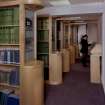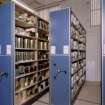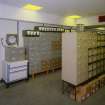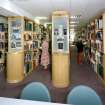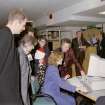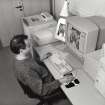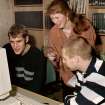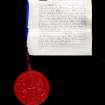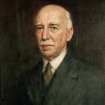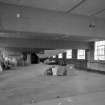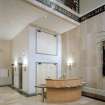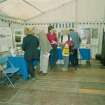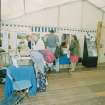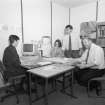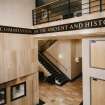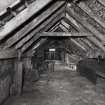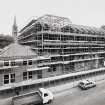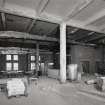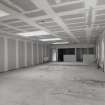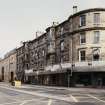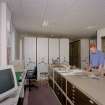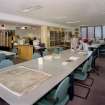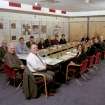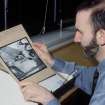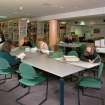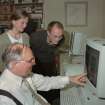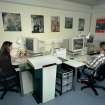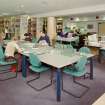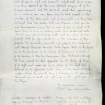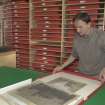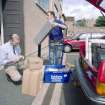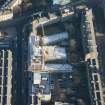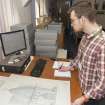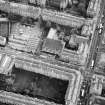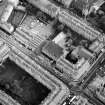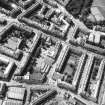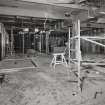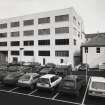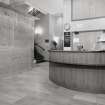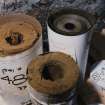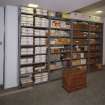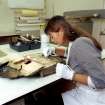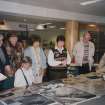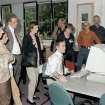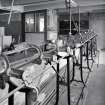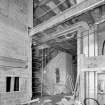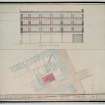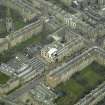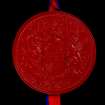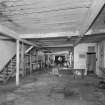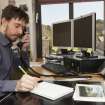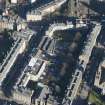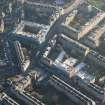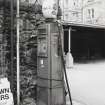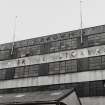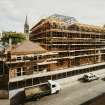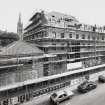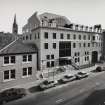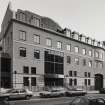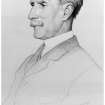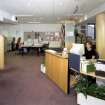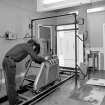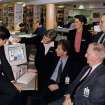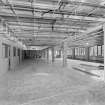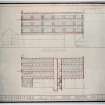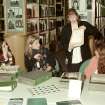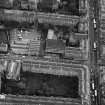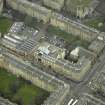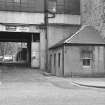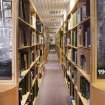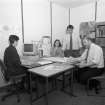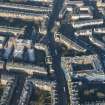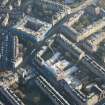Edinburgh, 16 Bernard Terrace, John Sinclair House, Royal Commission On The Ancient And Historical Monuments Of Scotland
Graffiti (21st Century), Office (20th Century), Warehouse (20th Century)
Site Name Edinburgh, 16 Bernard Terrace, John Sinclair House, Royal Commission On The Ancient And Historical Monuments Of Scotland
Classification Graffiti (21st Century), Office (20th Century), Warehouse (20th Century)
Alternative Name(s) C & J Brown's Warehouse; John Sinclair House; National Monuments Record Of Scotland
Canmore ID 71743
Site Number NT27SE 506
NGR NT 2640 7261
Datum OSGB36 - NGR
Permalink http://canmore.org.uk/site/71743
First 100 images shown. See the Collections panel (below) for a link to all digital images.
- Council Edinburgh, City Of
- Parish Edinburgh (Edinburgh, City Of)
- Former Region Lothian
- Former District City Of Edinburgh
- Former County Midlothian
NT27SE 506 2640 7261.
See also miscellaneous newscuttings under 'Archaeological Organisations - RCAHMS'.
The Construction of John Sinclair House:
The pressure on city-centre office space in recent years has resulted in the conversion of many buildings previously used for quite different purposes. The RCAHMS offices were converted from a furniture depository.
Originally constructed in 1936 by J R Mackay as storage for furniture specialists C & J Brown, the original building stood four storeys high and its Thirties style was expressed by strong horizontal window bays and a steel internal structure with spacious, concrete-floored storage areas (see drawings DPM 1930/10/3-5).
The firm closed the depository in the 1980s, and developers McAlpine Lang acquired the building in 1988. The Edinburgh-based architects J & F Johnston & Partners designed the new building and the contract was overseen by PSA Projects (see drawings JFJ 1980/1/1-23). The work, which was carried out in 1990-91, included the addition of a new frontage to the building, bringing it up to the building-line of the rest of Bernard Terrace, as well as a lower addition to the east side which occupies the site of a redundant farm building.
The main block preserves much of its original structure, but in addition to office accommodation, the conversion included the creation of climate-controlled stores, a conservation studio and photographic processing facilities. The important public role of the building is particularly reflected in the welcoming, open-plan layout of its archive and Search Room, which is open to the public from Tuesday to Friday, 9:30am to 5pm.
(Information from Architecture Catalogue Team 2000)
On this site stood the stables that housed circus elephants, when the circus came to Waverley Market.
(Verbal information from visitors to RCAHMS Search Room, 1998).
Change Of Use (1991)
Building constructed as a depository for C & J Brown in 1936 by J R Mackay. Building converted into offices for the Royal Commission on the Ancient and Historical Monuments of Scotland by J & F Johnston and Partners in 1991.
Field Visit (2 October 2017)
There is graffiti on the outside face of a SW-facing fire door (NT 26418 72636) on the NW side of John Sinclair House, 12m NE of the main entrance. It comprises a tag ‘Taro’ written in green marker pen with prolific drips and is placed on a panel which is missing its lower bead thus allowing the full effect of the drips to be accomplished. The chosen panel lies beneath the top left-hand panel (of 10), which would have probably been the preferred option had that space not already been occupied by a notice.
Visited by HES Survey and Recording (AGCH) 2 October 2017.










































































































